
So what happens when you combine a civil engineer who likes to be prepared for anything life might throw at him with a Search and Rescue volunteer who wants to have a gear bag with, what he thinks, are the things he might need on a call-out…?
Well, you get a spreadsheet that could launch a rocket into orbit. Kind of…
In this article, I share with you a worksheet that I built to keep track of the items that I like to have in my Search & Rescue pack-out kit. The worksheet can be customized for your own specific gear requirements. I think you might like it.
Engineers and Lists
If you know me, have listened to any of my podcasts or spent any time scrolling around this website, you’ve probably been able to draw a few conclusion about the type of guy I am:
I love being PREPARED for ANYTHING that life tries to throw at me.
My tools, my workshop, my gear, my home office & my vehicles – I try to always be squared away. I am anal-retentive (as can be determined by reading the last two sentences…).
Several years ago, I started volunteering with the Plainfield Emergency Management Agency. It’s a group of village residents who volunteer to serve as an extension of our community’s police, fire & public works departments. It’s a great group of people: We assist our first responders with traffic control, provide weather spotting & clean-up during storms and provide traffic control for community events.
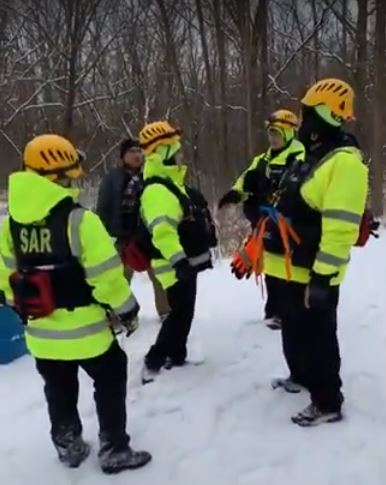
Several of us are members of our Search & Rescue (SAR) Team. SAR is pretty-much defined by its name: We assist law enforcement efforts searching for missing persons and (sometimes…), police evidence. SAR was one of the primary reasons I got involved with our EMA group – It has been a very rewarding endeavor.
Although you might think that “searching” is simply walking and looking, there is much more to it than that. There are all sorts of protocols & procedures, small skills and education that go into becoming a trained search volunteer.
When I initially got involved with our SAR team, I needed to learn what types of gear & equipment I would need while I would be deployed on a search effort. Our organization didn’t outfit me me with any equipment or clothing, so I pretty-much had to figure out on my own what my gear list should consist.
So, I started combing the Internet, finding lots of different sources with lots of different lists. LOTS of lists! TOO MANY lists.
If I tried to create a gear list that was based on everything I was finding by scouring the net, the bag I would need to hold it all in would likely require wheels, maybe even a small horse and a cart to pull it!
Certainly, gear lists need to be tailored for the need and the environment. I live in the Chicago area: I won’t need mountain climbing equipment in my bag. Most of our searches are in developed areas. We maintain radio communication with a command post so it is highly unlikely that we would become lost or stranded.
And look: Even if I was by myself and my truck broke down on a dusty farm road in mid-central Illinois, I’m pretty confident I could likely find my way back to civilization without needing to survive austere conditions for any length of time.
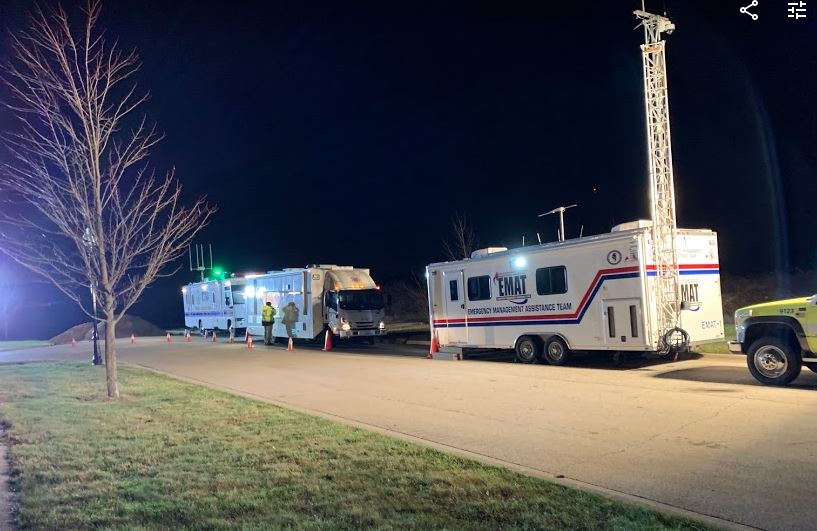
That being said, there are things that I should have, there are things that might be good to have. And of course, there are things that I don’t need. I would need to build myself a customized list.
As I was going through all of these lists of things to have, I was noticing a pattern. Not only were the lists comprised of things that would be good to have on a search mission, but there were items that carried-over into my regular life, like for our home, our vehicles and my Everyday Carry (EDC) bag that I use for work.
Maybe I could make one big list and break it up into customized individual lists.
The wheels started turning…
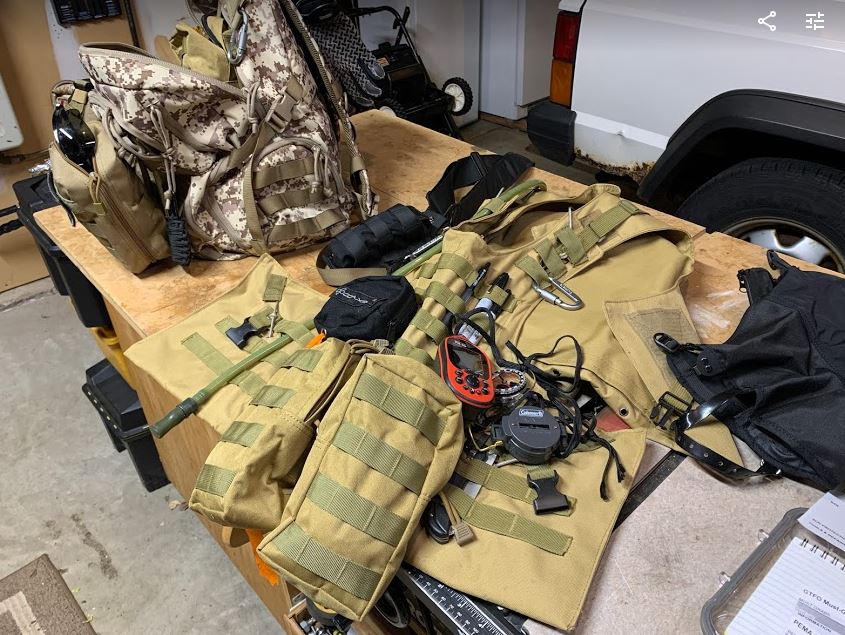
Building the Customized Search & Rescue Gear List
I’m an engineer. I live in Microsoft Excel. I am, by no means, a savant, but I know my way around the program. I could probably teach a 200-level class in it: I know the basics, as well as some wiz-bang function that it has that can make simple lists of data sing pretty-nicely.
So I took the master list and started dividing it into different uses: What would I need for a basic EMA call-out? What should I have for a Search & Rescue call-out? How would my gear need to change between summer and winter? What should I have in our vehicles?
What I ended up with was a souped-up version of a use-by-use Gear List.
I’ve decided to share it here on the website. I’d like you to give it a try.
CLICK HERE TO DOWNLOAD MY SEARCH & RESCUE / PREPAREDNESS WORKSHEET
Quick Note: When you open the file, you might get a pop-up scaring you about it being a Macro-enabled worksheet – Don’t freak-out, it has a couple of macro’s in it that organize the inventory lists when you update them. There’s nothing nefarious in the file, believe me, I’m not smart enough to make any of that kind of stuff…
How To Use It
So when you open the worksheet, you’ll see a monster-size list of items, which I just cobbled together from all the other lists that I had found. To the right, you’ll see lots of self-explanatory columns. Simply by adding a “Y” in a column adds that item to that list. You can add or delete “Y” anywhere you’d like.
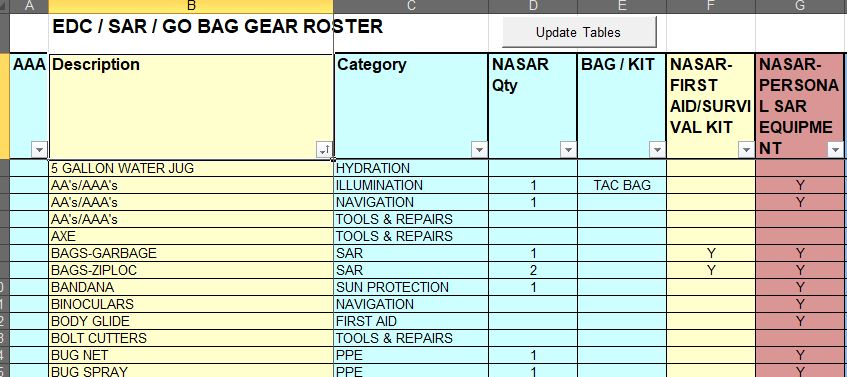
Once you finalize a column, hit the “Update Tables” button on top of the page.
Now take a look at the tabs at the bottom of the sheet: These are inventory sheets for my particular kits. By hitting the “Update Tables” button, all of these inventory sheets are updated based on your “Y’s.”
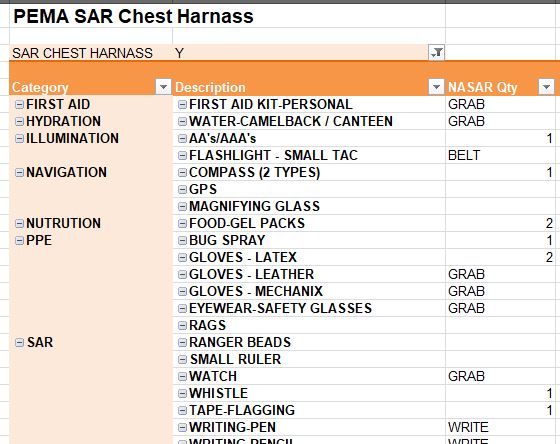
It’s easy. It’s functional. It’s customizable.
One other bell & whistle: In the “Category” column, I’ve pre-populated different gear categories. If you use the filter & sort button (the down arrow button), you can filter the list by categories. It’s a nice way to summarize, categorically, what you have on your master list.
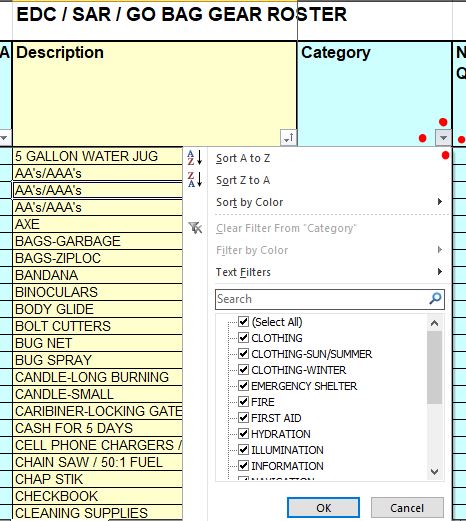
One CAUTION – If you decide to change the “Tab Names” to, say, to the names you want to call your groups, it might mess the filtering function up in that individual pivot table. It’s an easy fix that you can do yourself if you are familiar with how pivot table filters work. If you want me to help you customize your sheet for your list names, hit me with a comment (below) and we’ll get get you up-and-running.
Close-Out
OK, so it’s definitely the geeky side of me coming out, but I think the worksheet has some value. I keep reduced-sized hard copies of various lists near where I rack-out my EMA equipment in our garage. I try to pull the lists out after I’ve been on a search and do a resupply check-down, making sure that I’m packed & ready for the next call-out.
I’ve been told that I should start monetizing & selling the worksheets that I provide here on the site. That’s not me: I get more satisfaction out of knowing that I’ve done something that has helped someone else solve a problem: That’s what engineers do. All I ask in return: Let let me know how the worksheet worked for you. Leave a comment (below).
If you are having trouble with a function in the sheet, reach back to me with an email or drop me a note on the “Contact” page. And certainly, feel free to share a link to this article with someone you might think could put it to use.
Keep paying it forward: Cheers!!!


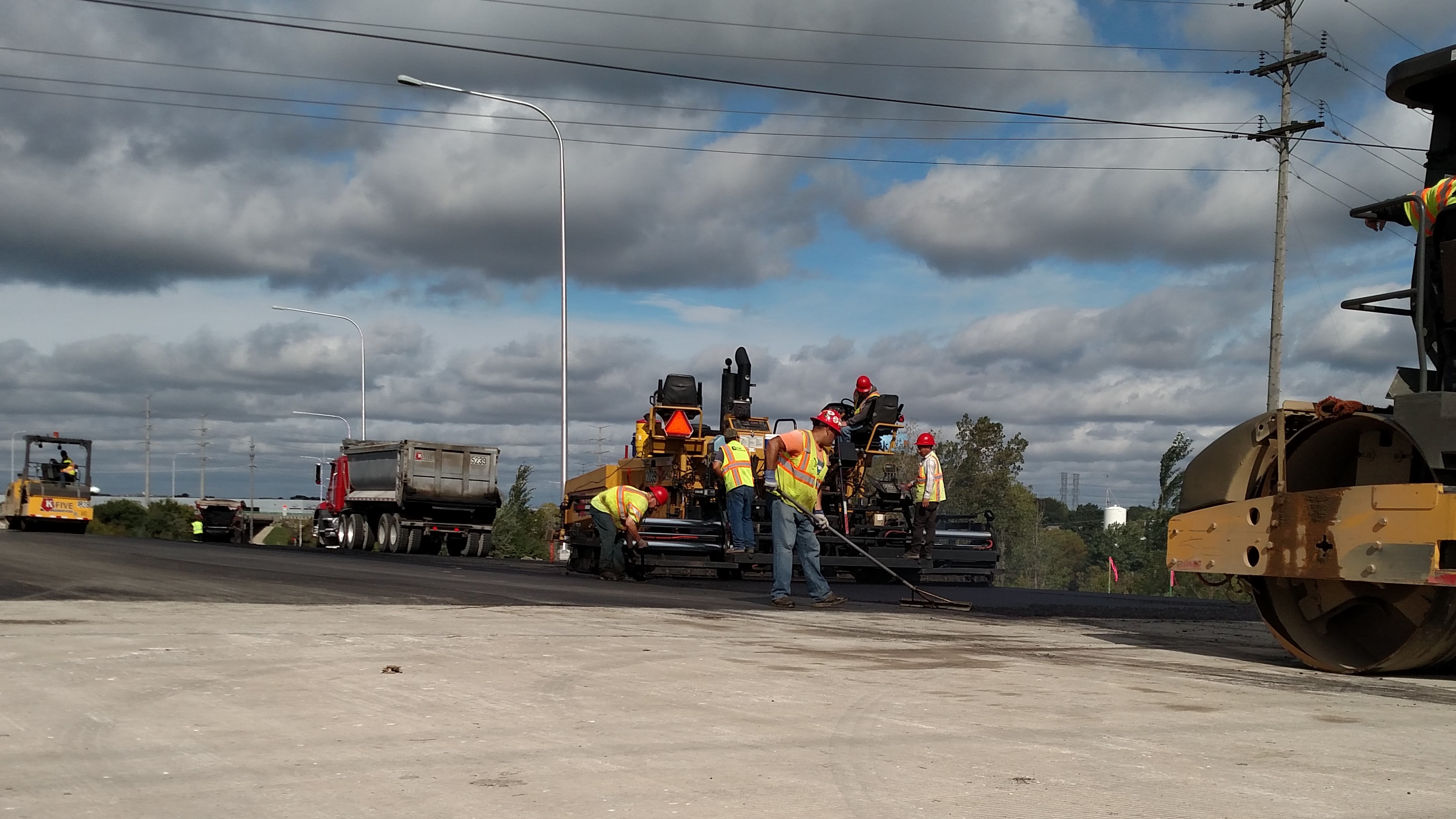
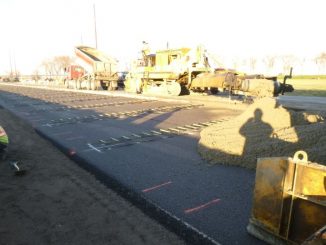
Very Thorough and great lists. I am new to SAR and was looking for a more stream lined list. I will be using these for my Sar build outs. I liked the idea of a list hanging by the bag where you store it.
Nicely done.
Thanks for the kind words, Joe, glad to help out.